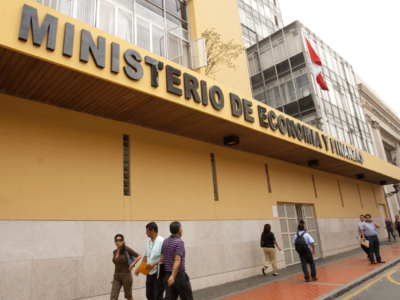
How can you protect your property from fraud or unauthorized acts while you cannot supervise them?
Freezing assets is the perfect tool to block any attempted disposal (such as sales or mortgages) of your property without your consent. This procedure guarantees legal security against registry fraud, preventing any unauthorized acts. If you will be away or simply want greater control over your property, this measure is ideal.
Freezing allows publicity to be given to the registered owner’s intention to voluntarily and temporarily close the property record, preventing the immediate registration of any act of disposition, encumbrance, or voluntary charge until it is subsequently verified or lifted.
Types of Freezing and Current Regulations
According to Directive DI-01-2022-SDNR-DTR (V.03), there are two mutually exclusive types of freezing:
- Freezing with registry entry: This is formalized by means of a public deed before a notary and allows the freeze to be registered directly on the property record.
- Immobilization with electronic notice: This procedure is more agile and does not require a public deed. It is carried out entirely electronically, allowing for immediate protection of the property.
What the Registry Court states:
In Resolution No. 170-2014-SUNARP-TR-L, the Registry Court establishes: “If the registry authorities, in their assessment, notice that, upon comparing the title with the registry entry, there is an unregistered act of disposition, charge, or voluntary encumbrance from a specific date prior to the filing entry, the request for immobilization of the entry must be declared inadmissible.”
In this sense, it is essential to ensure that all the indicated acts are duly registered before submitting any request for immobilization. This will ensure that the registry assessment does not encounter obstacles that could lead to the registrar’s rejection of our request.
How do I request immobilization?
- Immobilization with registry entry: Requires the submission of a notarized deed, a sworn statement ensuring that there are no unregistered charges, and an updated verbatim copy of the property.
- Immobilization with electronic notice: This process is completely digital and includes a sworn statement and payment of the corresponding administrative fees.
Who can apply?
Any registered owner can request the freezing of their property. In cases of joint ownership, any of the co-owners can freeze their ideal share. If the property is under the community property regime, one of the spouses can request this procedure to protect the family assets.
Duration of the freezing
The freezing can last up to 10 years. If no period is established in the application, this maximum period will be automatically applied, according to current regulations.
Real-life case: Protection against registry fraud
Sofía Alva, a businesswoman who was scheduled to travel abroad for several months, decided to protect her property with a freezing order with an electronic notice. During her absence, any attempt to dispose of her property without her consent was automatically blocked, guaranteeing her peace of mind and security against fraud.
Freezing assets is an effective measure to protect your property against registry fraud or unauthorized acts. If you are a business owner, property owner, or investor, this tool is key to maintaining full control over your property. Don’t miss this opportunity to protect your investment!
At Thorne, Echeandía y Lema Abogados, we are available to answer any service proposal requests, as well as for questions, extensions, or clarifications. Do not hesitate to contact us:
Segundo A. Campos Santillán




